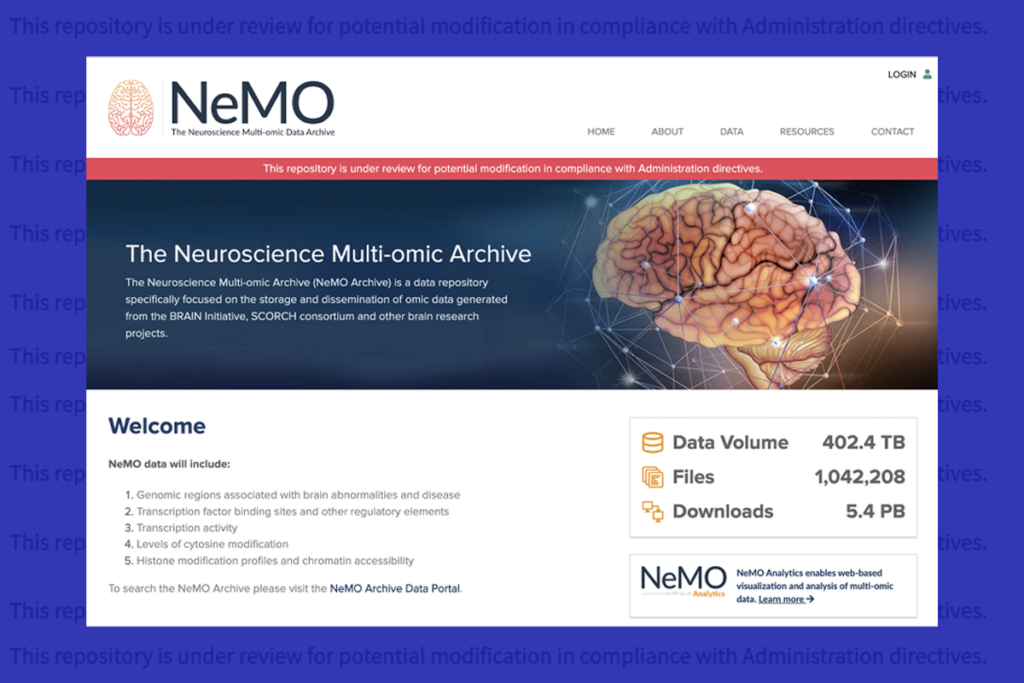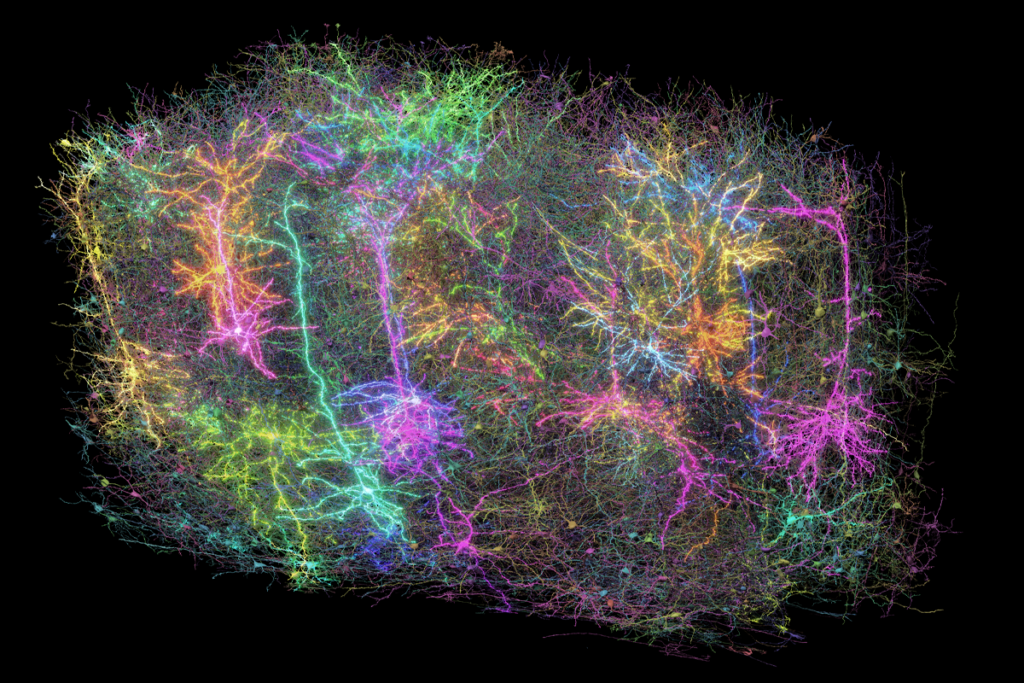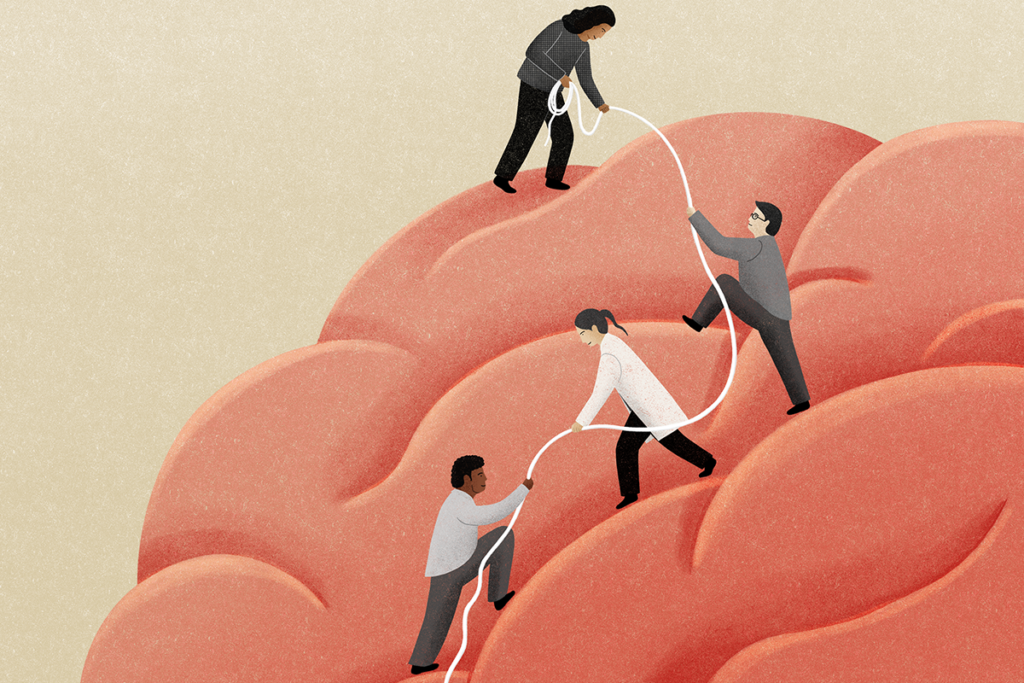Robots could fill in for autism therapists
Robots may be able to help treat children with autism when qualified therapists aren’t available, according to a study published 3 December in IEEE Translational Neural Systems Rehabilitation Engingeering.
Robots may be able to help treat children with autism when qualified therapists aren’t available, according to a study published 3 December in IEEE Translational Neural Systems Rehabilitation Engingeering1.
The researchers designed a setup that allows a human-like robot to interact with children without ongoing input from trained professionals.
There are several available robots designed for children with autism. In the past few years, companies have developed robots ranging from a brontosaurus that needs encouragement to cross a cartoon river to a disembodied female head that models human emotions. Children with autism who respond eagerly to the robots improve in their social behavior after engaging with them.
In the new study, researchers designed a setup in which NAO, a two-foot high commercially available robot capable of fluid human-like movements, interacts with children who have autism. The robot teaches the children joint attention skills, the ability to follow others’ prompts. Studies suggest that learning this skill at a young age can improve the long-term outcome for people with the disorder.
For the intervention, a child with autism sits in a room with NAO. The room has two cameras and the child wears an infrared sensor attached to a baseball cap. Together, the cameras and sensor detect where the child is looking, and can relay the information to the robot, which responds accordingly.
The robot attempts to get the child to look at one of two monitors in the room. He first turns his head to the monitor and tells the child to look, addressing him by name. If this doesn’t work, the robot points to the monitor, and repeats these actions with a sound and then a still image displayed on the monitor.
When the child does look in the right direction, the robot tells him he did a good job and the monitor plays a short video clip from a children’s show such as ‘Bob the Builder.’
The researchers assessed this with six children who have autism and six controls, all ranging in age from 2 to 5 years. Each child sat through four sessions lasting two to four minutes, half with a therapist and half with the robot.
In each case, the children with autism needed more prompts than controls did to look at the monitor, the study found. Still, the robot was able to get the children with autism to look at the monitor 96 percent of the time when it used video prompts and 77 percent of the time when it didn’t.
Both groups of children needed fewer prompts to look at the monitor with the therapist than with the robot. This may be because the robot is novel and interesting to them. This difference may fade away over time, improving the robot’s effectiveness, the researchers say.
References:
1: Bekele E. et al. IEEE Trans. Neural Syst. Rehabil. Eng. Epub ahead of print (2012) PubMed
Recommended reading

Split gene therapy delivers promise in mice modeling Dravet syndrome

Changes in autism scores across childhood differ between girls and boys

PTEN problems underscore autism connection to excess brain fluid
Explore more from The Transmitter

U.S. human data repositories ‘under review’ for gender identity descriptors

